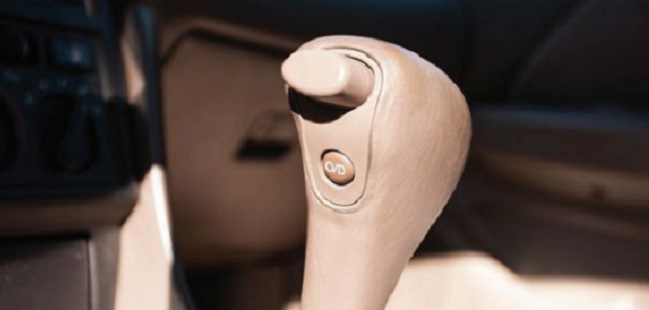
It helps with overall driving in different conditions and gas mileage
Kampala, Uganda | AGENCIES | Most vehicles with an automatic transmission come with a standard overdrive (O/D) function on their gear shifter. Many of the newer vehicles being produced are no longer being built with these overdrive buttons, but they do still have these features installed; instead newer vehicles automatically turn on the overdrive usually when the speed exceeds 70km per hour.
The overdrive function regulates the gear system of your automatic vehicle. It helps with both overall driving in different conditions and gas mileage, allowing you to drive further and use less gas. Although the overdrive in the vehicles should almost always be left on, there are occasions in which you will have to turn it off.
On most cars, the Overdrive (O/D) button is located on the gear selector. It is almost always on the side closest to the driver’s seat), below the large button that allows you to shift gears. The button is much smaller, but works the same way as your gear selector button. In mostly older model vehicles, if you push it in to turn the O/D on, y will notice the O/D light come on your dashboard. Push it again to release it: This turns the O/D off, effectively turning off the dashboard light as well.
If you turn the O/D on and drive forward, you will notice that the vehicle drives as it normally does, gradually shifting at certain speeds. Leaving it on is better for gas mileage because it is using all four gears to operate, reducing stress on the RPM (revs per minute). The O/D should be left on for normal driving conditions.
Turn the Overdrive off and you will feel the vehicle suddenly jerk and the engine rev up. The RPM will also shoot up. This is because you are now limited to only three gears, forcing the vehicle engine to work harder.
However, having the O/D off is useful in certain conditions:
- When driving up a steep hill, the O/D off allows the vehicle to gain more power
- When driving down a steep hill, it relieves strain on brake usage (you may also need to shift to second gear)
- In slippery conditions, it gives the vehicle more traction (also shift into second gear),
- When you want to accelerate quicker. But you never want to switch the overdrive from on to off or vice-versa while in motion, except in extreme instances.
After all these situations, however, turn the O/D back on and drive as usual. Remember to check your dashboard to ensure that the Overdrive is indeed in the “on” position.
 The Independent Uganda: You get the Truth we Pay the Price
The Independent Uganda: You get the Truth we Pay the Price





